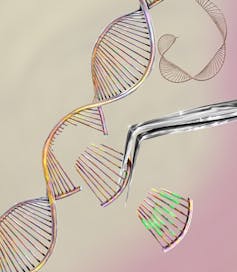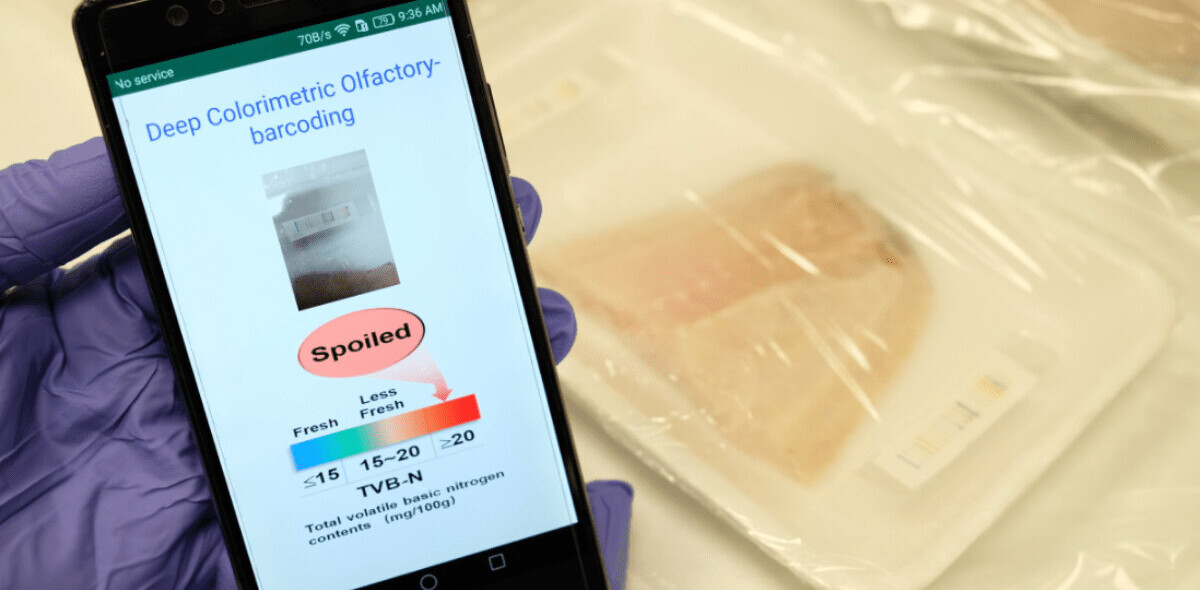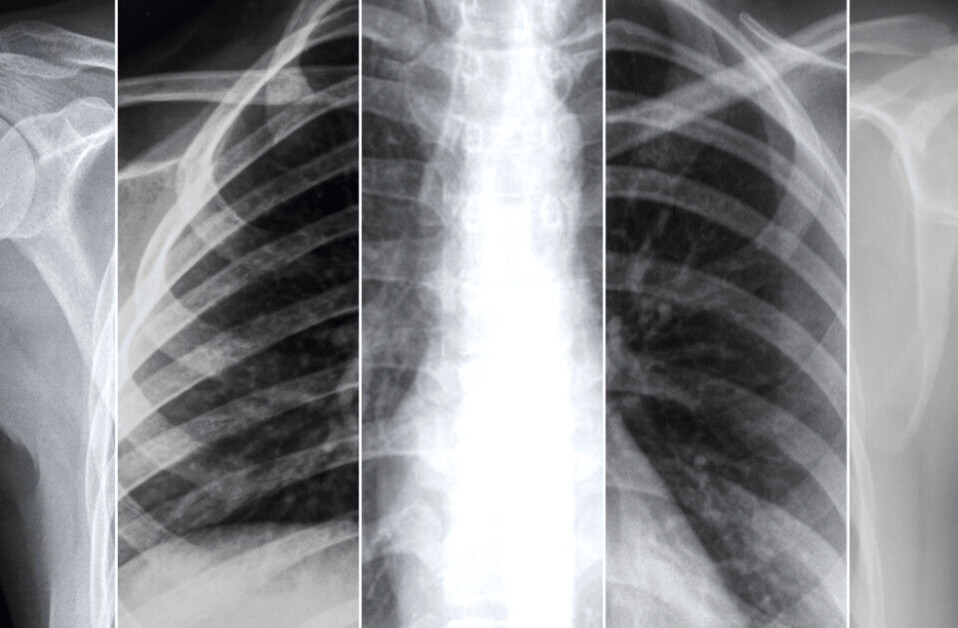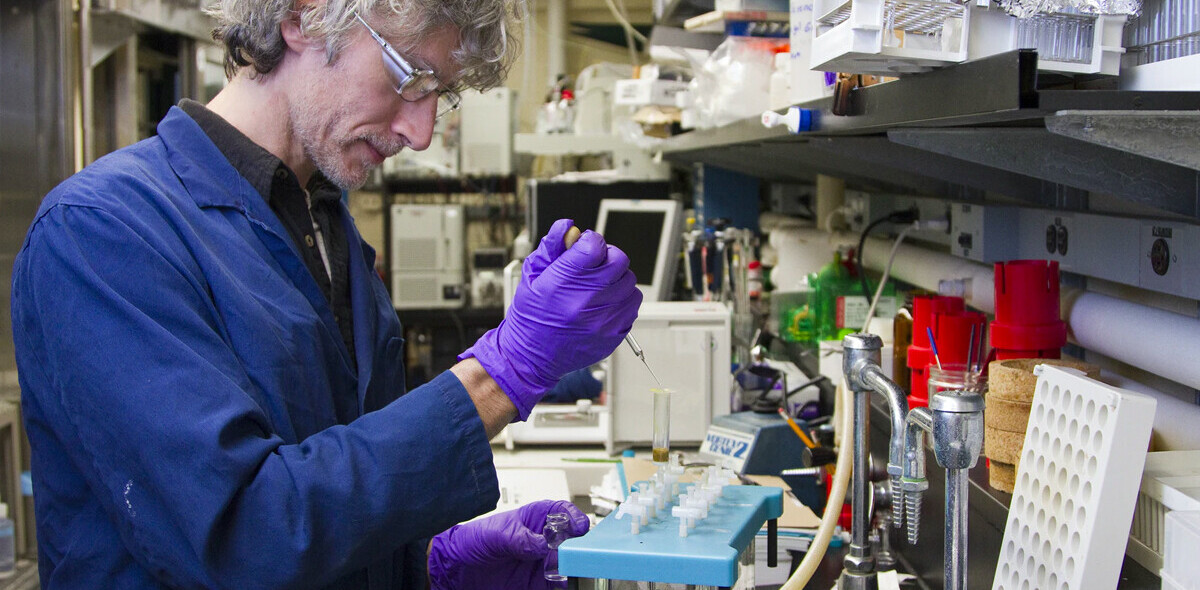
One of the major challenges facing gene therapy — a way to treat disease by replacing a patient’s defective genes with healthy ones — is that it is difficult to safely deliver therapeutic genes to patients without the immune system destroying the gene, and the vehicle carrying it, which can trigger life-threatening widespread inflammation.
Three decades ago researchers thought that gene therapy would be the ultimate treatment for genetically inherited diseases like hemophilia, sickle cell anemia, and genetic diseases of metabolism. But the technology couldn’t dodge the immune response.
Since then, researchers have been looking for ways to perfect the technology and control immune responses to the gene or the vehicle. However, many of the strategies tested so far have not been completely successful in overcoming this hurdle.
Drugs that suppress the whole immune system, such as steroids, have been used to dampen the immune response when administering gene therapy. But it’s difficult to control when and where steroids work in the body, and they create unwanted side effects. My colleague Mo Ebrahimkhani and I wanted to tackle gene therapy with immune-suppressing tools that were easier to control.
I am a medical doctor and synthetic biologist interested in gene therapy because six years ago my father was diagnosed with pancreatic cancer. Pancreatic cancer is one of the deadliest forms of cancer, and the currently available therapeutics usually fail to save patients. As a result, novel treatments such as gene therapy might be the only hope.
[Read:
Yet, many gene therapies fail because patients either already have pre-existing immunity to the vehicle used to introduce the gene or develop one in the course of therapy. This problem has plagued the field for decades, preventing the widespread application of the technology.
Gene therapy: Past and present
Traditionally scientists use viruses — from which dangerous disease-causing genes have been removed — as vehicles to transport new genes to specific organs. These genes then produce a product that can compensate for the faulty genes that are inherited genetically. This is how gene therapy works.
Though there have been examples showing that gene therapy was helpful in some genetic diseases, they are still not perfect. Sometimes, a faulty gene is so big that you can’t simply fit the healthy replacement in the viruses commonly used in gene therapy.
Another problem is that when the immune system sees a virus, it assumes that it is a disease-causing pathogen and launches an attack to fight it off by producing antibodies and immune response – just as happens when people catch any other infectious viruses, like SARS-CoV-2 or the common cold.
Recently, though, with the rise of a gene-editing technology called CRISPR, scientists can do gene therapy differently.
CRISPR can be used in many ways. In its primary role, it acts as a genetic surgeon with a sharp scalpel, enabling scientists to find a genetic defect and correct it within the native genome in desired cells of the organism. It can also repair more than one gene at a time.
Scientists can also use CRISPR to turn off a gene for a short period of time and then turn it back on, or vice versa, without permanently changing the letters of DNA that makes up our genome. This means that researchers like me can leverage CRISPR technology to revolutionize gene therapies in the coming decades.
But to use CRISPR for either of these functions, it still needs to be packaged into a virus to get it into the body. So some challenges, such as preventing the immune response to the gene therapy viruses, still need to be solved for CRISPR-based gene therapies.
Being trained as a synthetic biologist, I teamed up with Ebrahimkhani to use CRISPR to test whether we could shut down a gene that is responsible for the immune response that destroys the gene therapy viruses. Then we investigated whether lowering the activity of the gene, and dulling the immune response, would allow the gene therapy viruses to be more effective.
[Deep knowledge, daily. Sign up for The Conversation’s newsletter.]
Preventing the immune response that destroys gene therapy viruses

A gene called Myd88 is a key gene in the immune system and controls the response to bacteria and viruses, including the common gene therapy viruses. We decided to temporarily turn off this gene in the whole body of lab animals.
We injected animals with a collection of the CRISPR molecules that targeted the Myd88 gene and looked to see whether this reduced the number of antibodies that were produced to specifically fight our gene therapy viruses. We were excited to see that the animals that received our treatment using CRISPR produced less antibodies against the virus.
This prompted us to ask what happens if we give the animal a second dose of the gene therapy virus. Usually, the immune response against a gene therapy virus prevents the therapy from being administered multiple times. That’s because after the first dose, the immune system has seen the virus, and on the second dose, antibodies swiftly attack and destroy the virus before it can deliver its cargo.
We saw that animals receiving more than one dose did not show an increase in antibodies against the virus. And, in some cases, the effect of gene therapy improved compared with the animals in which we had not paused the Myd88 gene.
We also did a number of other experiments that proved that tweaking the Myd88 gene can be useful in fighting off other sources of inflammation. That could be useful in diseases like sepsis and even COVID-19.
While we are now beginning to improve this strategy in terms of controlling the activity of the Myd88 gene. Our results, now published in Nature Cell Biology, provide a path forward to program our immune system during gene therapies and other inflammatory responses using the CRISPR technology.![]()
This article is republished from The Conversation by Samira Kiani, Associate Professor of Pathology, University of Pittsburghunder a Creative Commons license. Read the original article.
Get the TNW newsletter
Get the most important tech news in your inbox each week.




